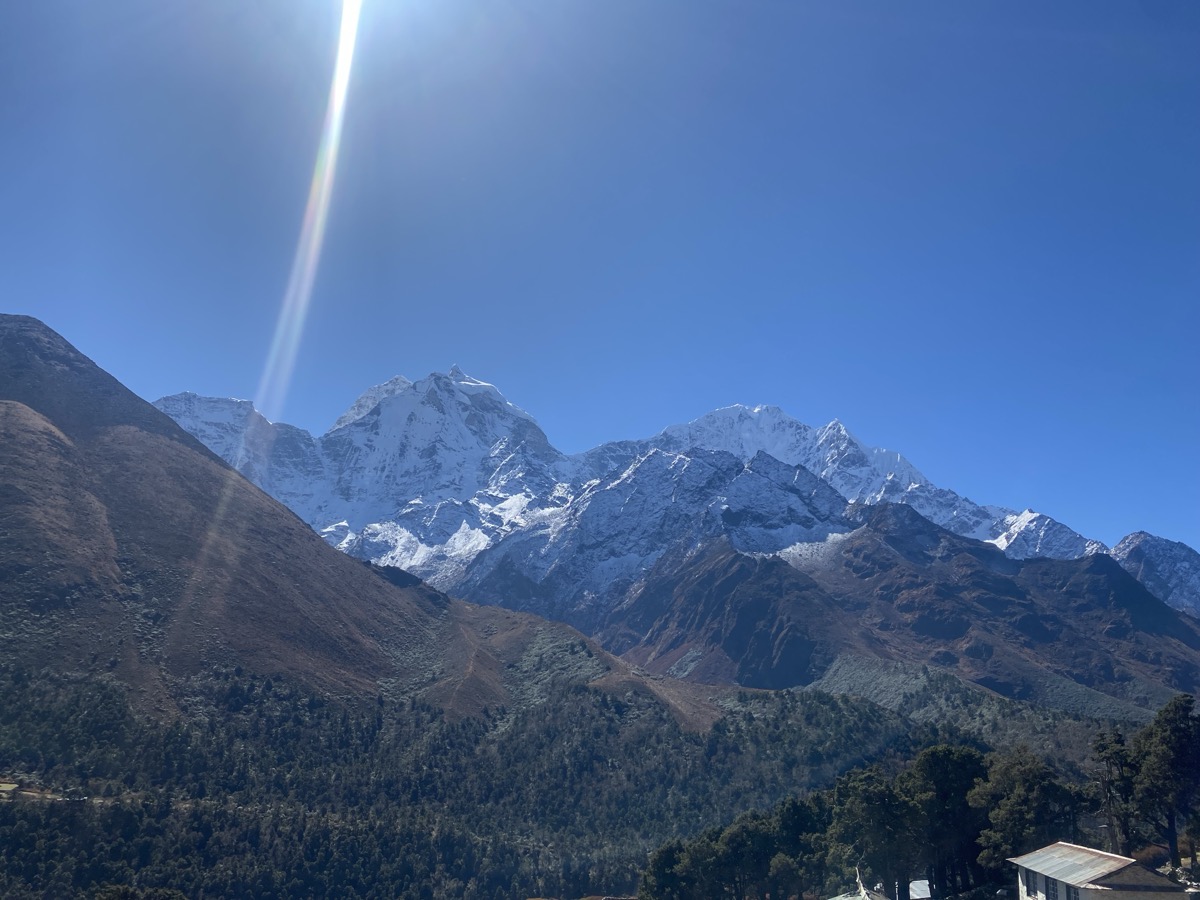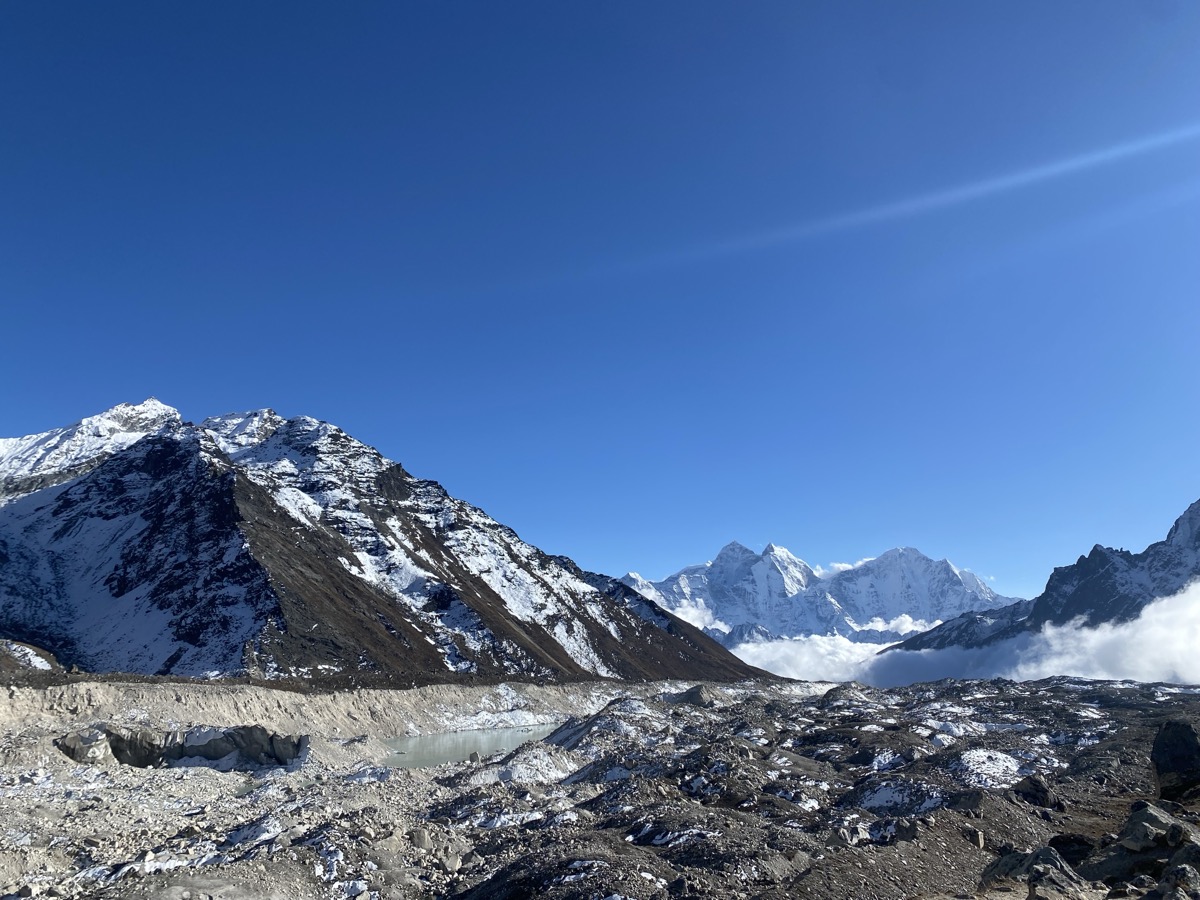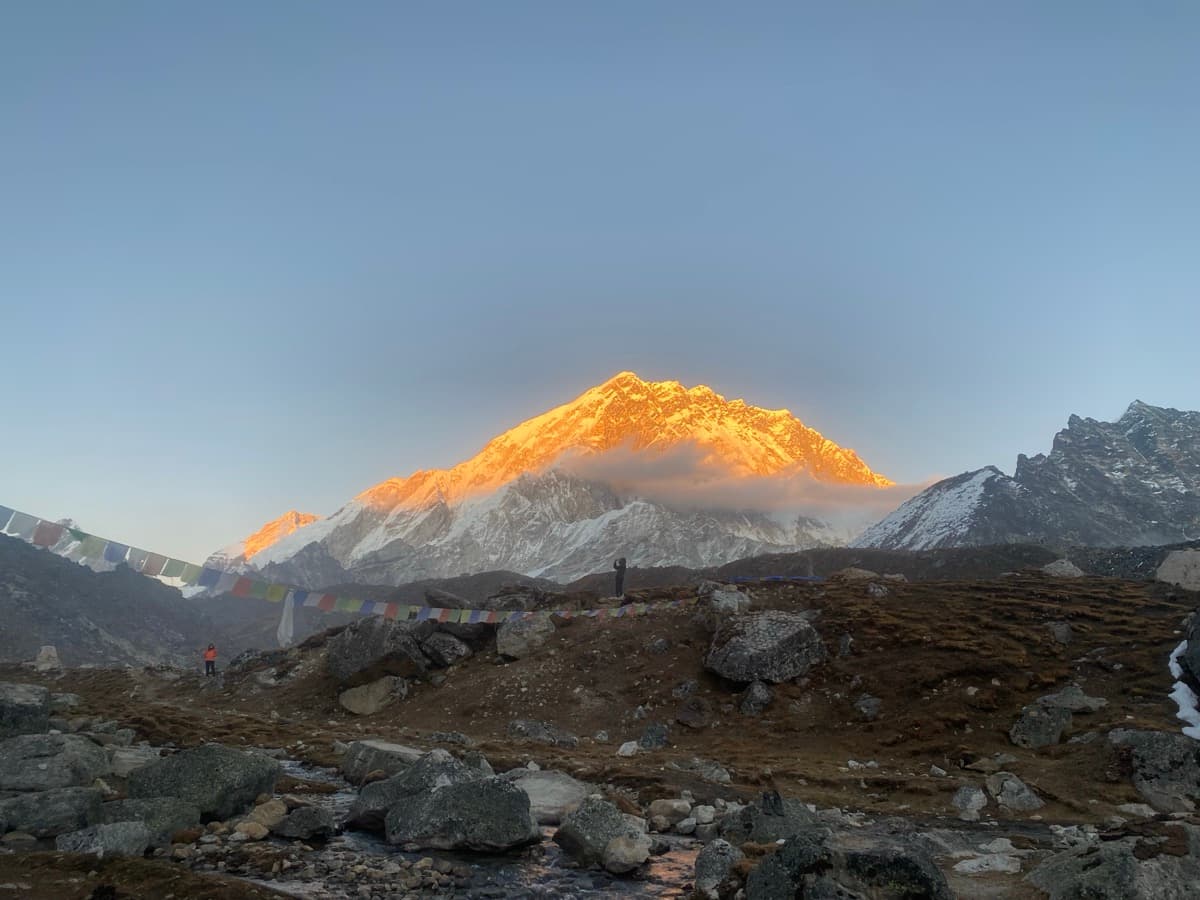Everest Base Camp trekking is not just a bucket list adventure; it's an experience that transforms your life, crossing the inner core of the Himalayas. You need the right time to turn your journey adventurous. If you want to witness the divine vistas of the Himalayas, then you have to choose the right time.
Regardless of whether you want to walk beneath flowering rhododendrons in the spring or bask in unspoiled views after the monsoon during autumn, this piece will help you understand the best times to trek to Everest Base Camp so that you can book your expedition without difficulty.
Spring Season (March to May)

The spring season is the best time to hike to Everest Base Camp. Just after winter, the Himalayan ranges revealed their fascinating scenery. It is the best time for the Nepal Himalayas trek with better scenery and along the painted forest trail.
The warm days with temperatures ranging from 10°C to 20°C make lower elevation trekking very easy and comfortable. The temperature starts to drop to minus 10 degrees as one climb higher to Gorakshep, but still, the colorful and vivid nature of the Himalayan region of Nepal energizes the trekkers.
Everything remains calm throughout spring, and treks get a good carpet of wildflower blooms along with rhododendrons between some of the lower patches of Phakding, Namche, and Tengboche. The sky is bright and clear, presenting some of the best views of the great Himalayas, including Mt. Everest, Ama Dablam, Lhotse, and Nuptse.
This is also the time for climbing, and many climbers will be found at Everett Base Camp putting final touches on preparations for summit ascents. The trail is being charged with positive yet calm vibes; fresh air is cool when it blows through the Khumbu Valley.
● Weather: Stable and mild, with daytime temperatures ranging from 10°C to 20°C at lower elevations. Nights can drop to 5°C to 8°C at higher altitudes like Gorakshep.
● Visibility: Excellent—expect crisp views of peaks like Everest, Lhotse, Nuptse, and Ama Dablam.
● Trail Conditions: Dry and ideal for trekking. Snow has melted to a great extent except for the very high passes.
● Crowds: Moderate to crowded, especially in April.
Autumn Season (September to November)

The autumn season is the best in Nepal for high-altitude region treks. Autumn provides fairly pleasant weather, good visibility, and less opportunity for rain or snowfall. During this period, the day temperature is pleasant, ideal for trekking. The weather is cool and clear with wonderful views of the great summit, Mt. Everest, and other summits. Skies get clear after rain showers during the monsoons, and the air gets crisp, giving you the best photo shot. With dry trails, warm temperatures, and sumptuous mountain scenery, it is no surprise that it is the most happening season to trek in Nepal.
The weather is cool, and you’ll get a chance to encounter the Himalayan ranges from a distance. The daytime temperature ranges from 12°C to 18°C at lower altitudes; nights can reach -10°C to -15°C in higher zones.
The autumn season allows trekkers to enjoy the great festivals of Nepal, Dashain and Tihar. During this festival, the whole Nepali village decorates its houses with colorful flowers and shares its celebration with each other. Villages like Namche, Pangboche, and Khumjung feel alive with prayer flags, family gatherings, and traditional dances. The blend of natural beauty and cultural immersion makes autumn incredibly special.
Weather: Cool and dry. Daytime temperatures range from 12°C to 18°C at lower altitudes; nights can reach -10°C to -15°C in higher zones.
Visibility: Exceptional—this is the best time for unobstructed views of Everest and the Himalayas.
Trail Conditions: Excellent—no rain or snow issues.
Crowds: High, especially in October. Popular teahouses fill quickly.
Monsoon Season (June to August)
Compared to the fall and spring, the monsoon season is not that great for scenery for the trekkers to hike up to EBC. Even so, the period has a stunning green path along with fresh weather. The rattling terraced fields, picturesque waterfalls, and crystal-clear vistas of the whole region after rain give the trek its charm. To trek in the monsoon season at EBC, you must be an experienced trekker. It is possible to trek in monsoons—more towards late August as the rains begin to slow down—but it requires additional planning and adaptability.
Continuing rain makes the trail muddy and slimy, covers the mountains in clouds, and makes leeches at lower elevations. While most of Nepal gets soaked, the Everest region lies partially in a rain shadow, so rain isn’t as constant as in places like Pokhara or Annapurna. That said, expect low visibility, slippery trails, and frequent Lukla flight delays.
Weather: Warm and wet; temperatures range from 15°C to 25°C with frequent showers.
Visibility: Poor to moderate—cloud cover is likely to reduce visibility.
Trail Conditions: Tough and muddy; leeches likely at lower altitudes.
Crowds: Very low.
Winter (December to February)
Winter trekking to EBC is a trekking experience of a very different kind. During winter, the region witnesses its lowest temperatures, with low altitudes dipping to -17°C (1.4°F). This is generally off-season, but if you enjoy trekking, then you need to be highly experienced at trekking and well-equipped.
The route is fully covered with snow and ice, snow-covered trees, frozen rivers, and icy tracks glimmering under blue skies. While all think winter trekking is out of the question, it absolutely becomes a possibility with appropriate equipment, planning, and walking speed. Winter treks offer a better view than monsoon and shoulder season treks, with full views of Everest, Lhotse, and Pumori. The cold is biting and real, especially over 4,000 meters, but the peace and tidiness of the trail warrant the effort.
Weather: Very cold. Daytime highs are around 0°C to 5°C; nights can drop to -20°C or lower at higher elevations.
Visibility: Clear skies most days, with snowy peaks offering surreal views.
Trail Conditions: Snowy and icy; potential for trail closures at higher points.
Crowds: Very low. A peaceful, solitary experience.
EBC Trek—Seasonal Comparison Table
|
Season |
Temperature |
Weather |
Visibility |
Crowd Level |
Trail Condition |
|
Spring (March to May) |
-10°C to 20°C |
Mild, dry, gradually warming |
Generally clear |
Moderate to High |
Dry, excellent condition |
|
Autumn (Sept to Nov) |
-15°C to 20°C |
Cool, dry, highly stable |
Crystal clear |
High |
Excellent, dry, and solid |
|
Winter (Dec to Feb) |
-25°C to 10°C |
Cold, dry, occasional snowfall |
Very clear in the morning |
Low |
Snowy, icy above 4,000m |
|
Monsoon, June to Aug) |
0°C to 27°C |
Wet, humid, daily rainfall |
Poor to fair after rain |
Very Low |
Slippery, muddy, landslide-prone |
Spring and autumn are the best seasons for trekking in the Everest Base Camp. Spring offers a colourful trekking route and pleasant temperatures. Autumn offers clear Himalayan and hill views around you. If you want good rhododendron flowers in spring or autumn views with no obstructions, these are the best seasons to venture out on this classic Himalayan trek.

